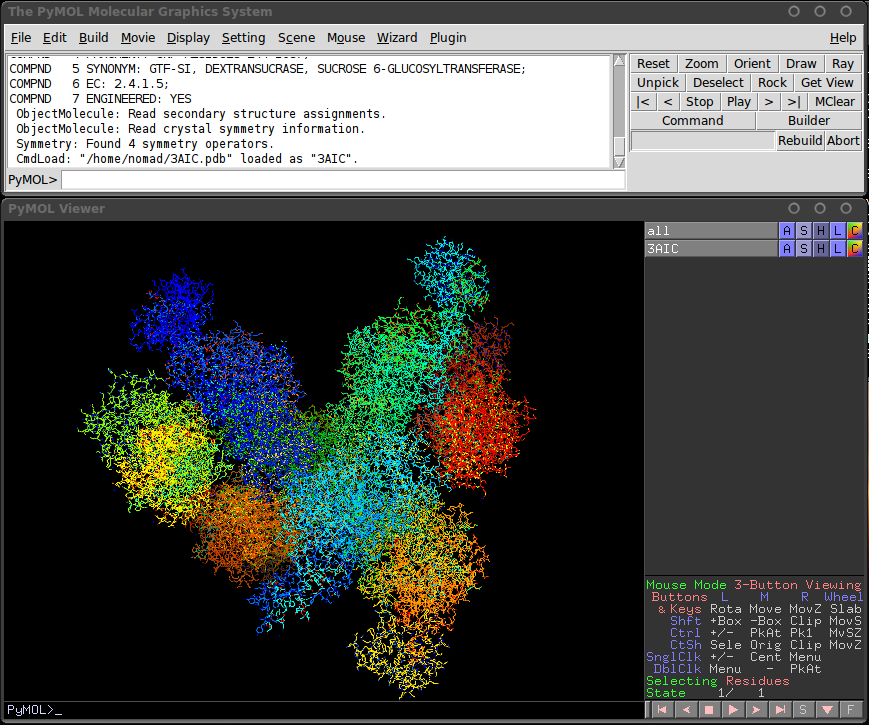How does DNA work? There's an A, and a C, and a G, and some other letter I can't readily recall, but did manage to learn to pass a test at some point. I remember hearing about this double helix thing, the kind of far out, 'whoa how awesome is the universe!' kind of thing hippies dig, but eventually burn out on. Apparently it was some transcendental cosmic beauty that made this so, but I would never be able to comprehend it fully due to my insufficient grounding in chemistry, most of which consisted of mnemonic devices to a random assortment of formulas, recounted in a voice to trick toy dogs and cheerleaders into thinking chemistry was fun. Suffice it to say, the animated cartoon hillbilly DNA strand from Jurassic Park a few years prior made a much more lasting impression on my young mind.

Recently I was speaking with an old friend of mine who didn't have these hangups about chemistry, who reminded me that at some point I had bemoaned the inability to see the microscopic processes in a satisfactory way. This was in the stone-age days before the dot-com implosion, when we undergrads were forced to work out problems by pencil and paper, and those little chemistry diagrams just didn't appeal to my aesthetic sense, or something (I preferred square-root signs and marginal doodles). At some point later on, when video games led me towards rigid-body simulation, I decided I'd give the fabled Feynman Lectures on Physics a perusal. I certainly can't claim Feynman's verbage had no impact, but what I remember strikingly was the diagram of water molecules in steam. Of course I'd heard the name H2O since I was a kid, but never connected the hexagonal shape of a snowflake to the shape of the molecule composing it.

These days, we're swimming in an ocean of this information, all accessible at our fingertips. Thanks to technology and the work of scientists all over the world, we can see the structures of DNA and other molecules. The Worldwide Protein Data Bank is chock-full of organic molecules contributed by researchers, painstakingly codified and documented. There's plenty of great software to work with the data, too-- for instance, the viewer here is PyMOL, written in Python, but an apt-cache search chemistry on my Ubuntu system lists 47 other packages as well. This is free and open source, designed to make animating and exploring molecules easy. I'm still no chemist, but this lets me dive in and learn interactively, in a way that textbooks never could. That's exciting.
